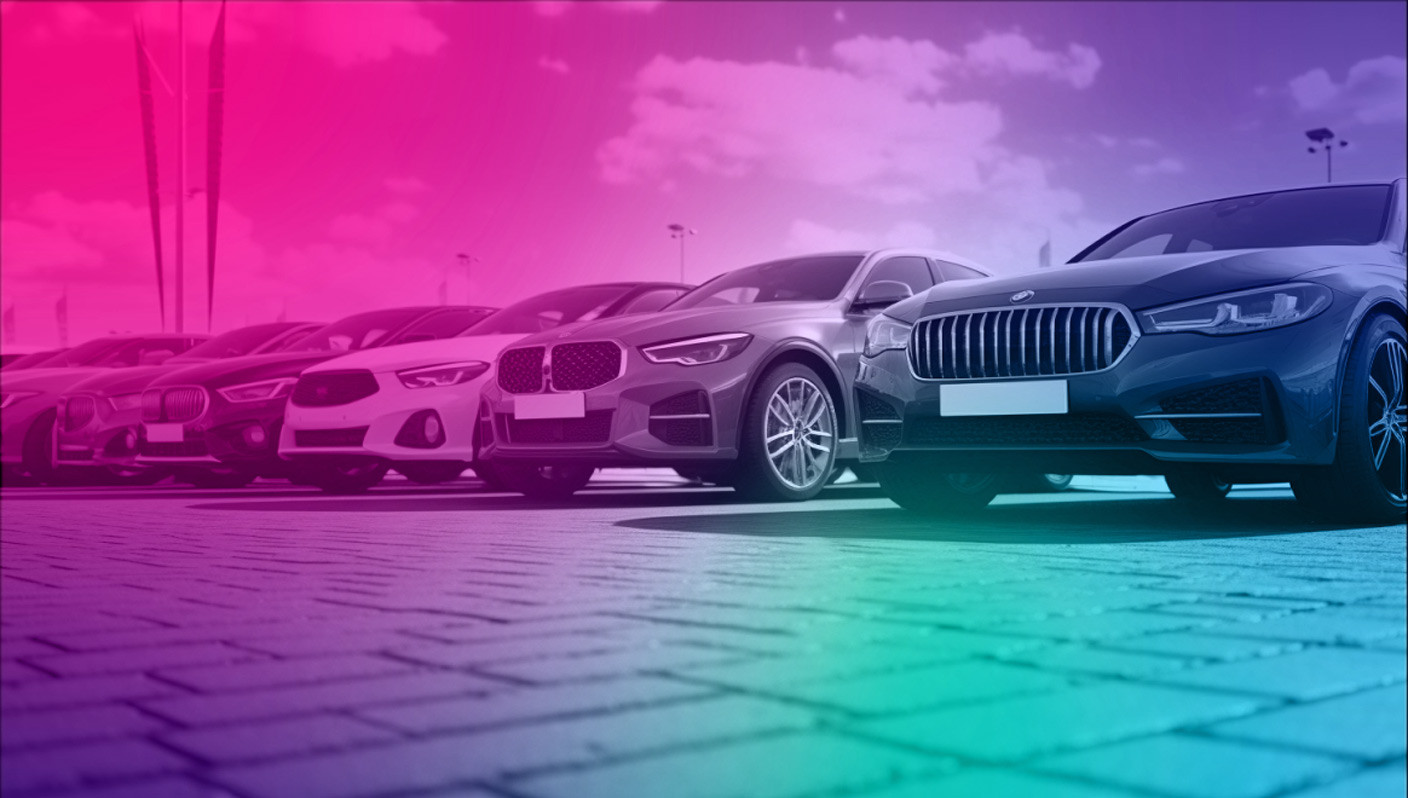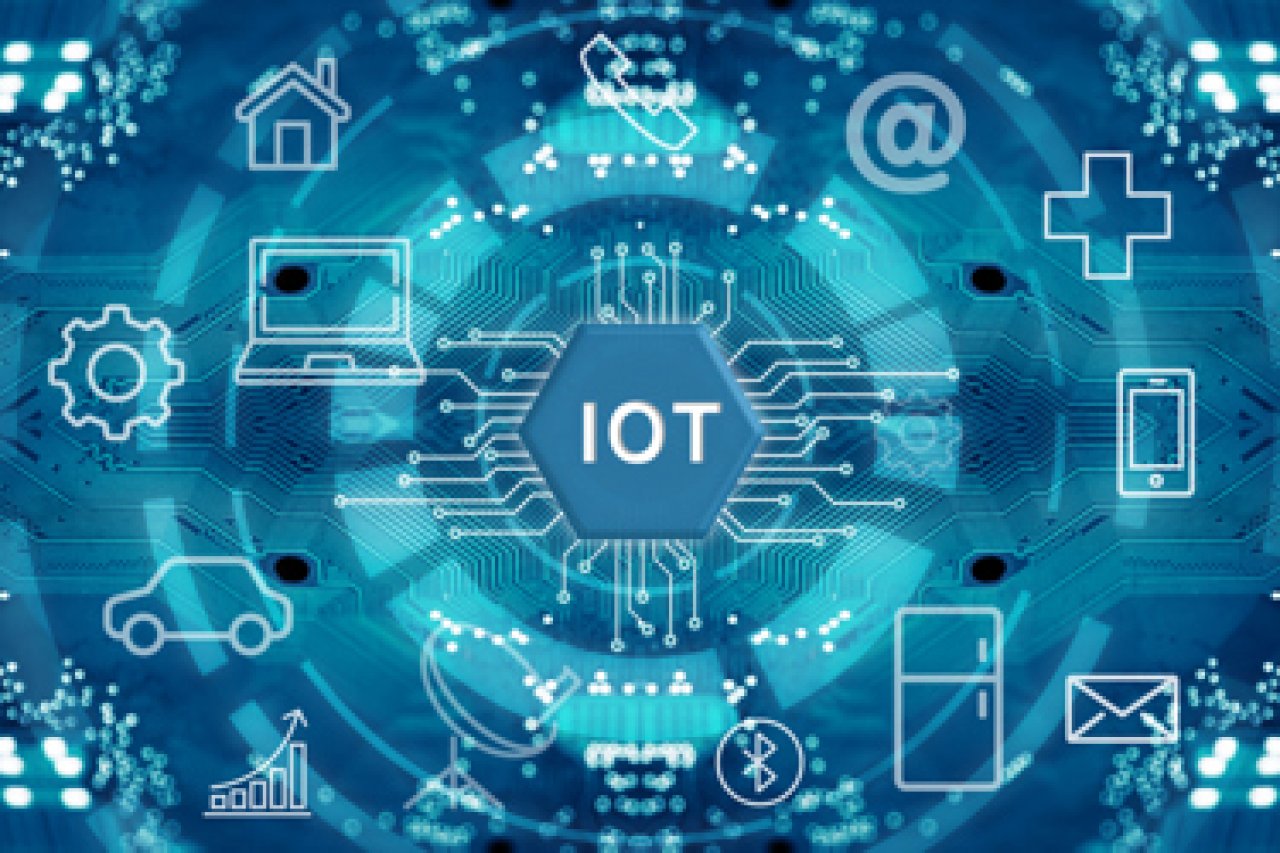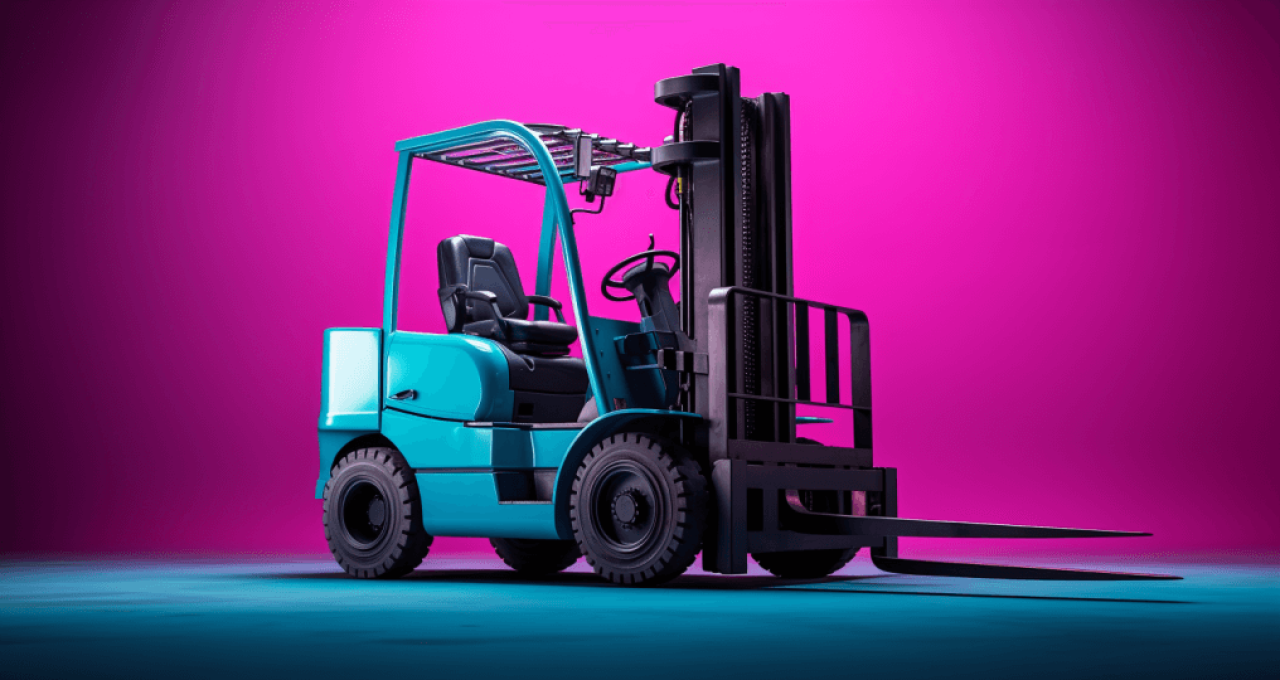
Full of Beams: Insurance IOT beyond telematics
When you hear Internet of Things (IoT) and smart devices in the same conversation as insurance, you will likely hear about telematics as one of the standouts use cases. But while telematics contributes ingeniously to risk assessment, usage-based insurance, and fraud detection, IoT can do a lot more.
March 21st, 2022
A recent AMA survey showed IoT gaining traction in the Insuretech conversation, with a 50% increase in the number of insurance companies piloting, testing, or deploying an IoT project in a three-year period. On that note, let us examine the numerous ways in which IoT devices can improve underwriting, claims processing, and other typical insurance-oriented exercises:

Smart building technology
Building automation technology when coupled with the internet can deliver plenty of important functionalities associated with IoT technology. Connected security system can be used to monitor properties and provide evidence in cases of burglary or arson.
The data gathered makes it easier to process such claims since investigators can observe footage to identify any abnormal patterns or an inside job. IoT is not limited to video evidence. There are other systems that can record temperature or power surges and other faults or momentary failures in circuits.
These can also shed more light on situations where property is damaged without any sign of human involvement and can be used to evaluate the level of safety in a property. For instance, there are structures built in areas prone to tornadoes, floods, wildfires, hurricanes, typhoons, strong winds and other natural disasters. Fortunately, many of these instances are minor and do not inflict a lot of damage on property.
However, it can be hard to estimate the likelihood of a specific property being destroyed by a natural disaster. Therefore, if public organizations and private property owners come together, they can establish a network of high-end weather equipment and other consumer-level sensor technology to monitor the changes in weather conditions in real-time.
And by applying robust analytics to this data, they can make more accurate projections, and by extension, the risk of damage from natural calamities. This approach makes continuous underwriting easier since the insurance provider can observe gradual changes in risk indicators as seasons change.
Ultimately, they can adjust their offers accordingly. By 2025, about half of U.S. homes could be connected through IoT devices for monitoring and system control.
5G-connected automobiles
Currently the more common approach is to install hardware from a third party into the car to track information such as location and speed. One of the primary changes that will come with 5G-connected cars is their ability to generate and relay important data about the state of the vehicle and the environment.
With these newer natively installed systems, it will be possible to record a wider range of data points regarding the health of the vehicle and the environment in which it evolves and quickly send it to the concerned parties.
This means that insurance firms can continuously assess the risk associated with driving a vehicle based on its current state. Consequently, the driver will be made aware when the state of their vehicle affects the amount they will be owed in a claim or if it renders you completely ineligible for compensation in certain scenarios. Therefore, car owners can stay on top of maintenance and updates to remain aligned with their policies.
Additionally, 5G will enhance communication between the vehicle’s native sensors and external ones that are part of the larger city/regional infrastructure. With such capabilities in place, insurers can get a more accurate picture of how eventualities like icy road surfaces, construction works, accidents and large social events affect traffic patterns and by extension, road safety.
Where their analyses indicate strong correlations between these conditions and claim-inducing incidents, they can restructure their offers and claims processing to be more accommodative and minimize disputes.
Health and Safety Wearables
Wearables have made their way into various sectors including construction, port operations, utilities, mining, and other fields where work environments can be hazardous. These come with plenty of capabilities such as monitors for a worker’s vitals, proximity, gas, and noise sensors.
More importantly, innovators in this field have developed platforms that can integrate with different devices and record data on the changing levels of risk as a worker performs different tasks on-site. For workers or employers seeking insurance policies, these tools make it easier to determine how often a person gets into risky situations in the workplace.
Insurers can quickly offer a fitting policy and during claims processing, they can easily investigate the extent to which a worker responded to a device’s warnings or acted negligently. Some notable solutions in this area include the Eleksen Smart Garment and Connected Worker Platform, and the Smartshoulder, Mission Navigation Belt and Sentaz Tactile Navigation by Elitac.
Challenges associated with applying IoT technology in Insurance
Lack of standardized procedures and streamlined networks to bring together insurers, potential customers, compliance bodies, and other stakeholders. Many companies still do not have a properly mapped out path from a data need to deliver value for the customer.
Difficulty in scaling remains an issue for many insurers. While it is possible to receive a potential customer’s data and produce an appropriate policy, doing this for hundreds or thousands of customers in different fields is still quite tricky.
There is a larger volume of data to handle, with a more diverse set of data points to make sense of. Many firms have some infrastructure in place but cannot easily expand it on demand.
There are heightened concerns amongst customers about service providers’ ability to keep their data secure and not use it in a predatory manner, or for purposes they have not consented to.
What solutions are available to address these challenges?
One of the more prominent solutions addressing organizational and technical challenges in the use of IoT technology in Insurance is AWS IoT. For starters, the fact that AWS offers a lot of cloud-based services, insurers using this service would have an easier time getting more storage space, agent accounts for specific applications and other functionality as their clientele grows.
In comparison with traditional AWS data analytics stacks, AWS IoT’s IoT Analytics component is particularly designed to tackle the inconsistencies, false readings and corrupted messages that are prevalent in IoT and IIoT data on a petabyte scale.
With such a feature in hand, you can filter the data recorded by IoT devices to retain what is recorded during a relevant window, and the variables that are closely related in terms of risk assessment. This helps you avoid getting bogged down by information that is misleading or does not contribute much to creating policies and processing claims.
Conclusion
All-in-all, IoT devices will steadily penetrate the Insurance industry and intermediary have a key role to play in collecting relevant and accurate data that is pertinent to risk assessment. The IoT insurance market is expected to grow at a CAGR of 40% from 2021 to 2026, reducing costs by up to 30% in areas like claims processing.
However, this trend is more likely to benefit companies that keep a close eye on the latest IoT device innovations, invest in redesigning their data models and training their workforces to adopt new administrative tools and techniques. They will also have to transcend competitive offers by meeting the most rigorous compliance tests around cybersecurity and data privacy to attain customer trust.




